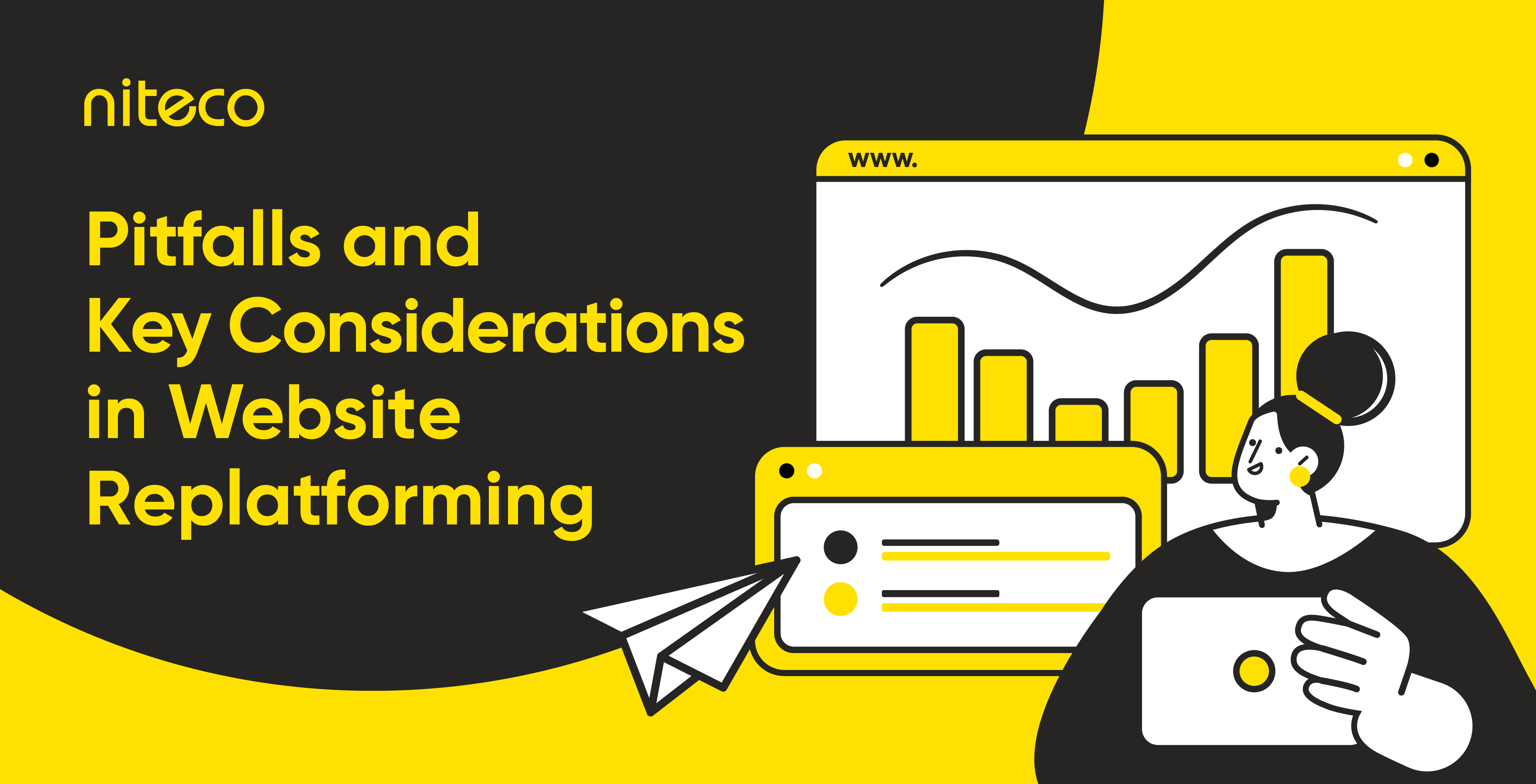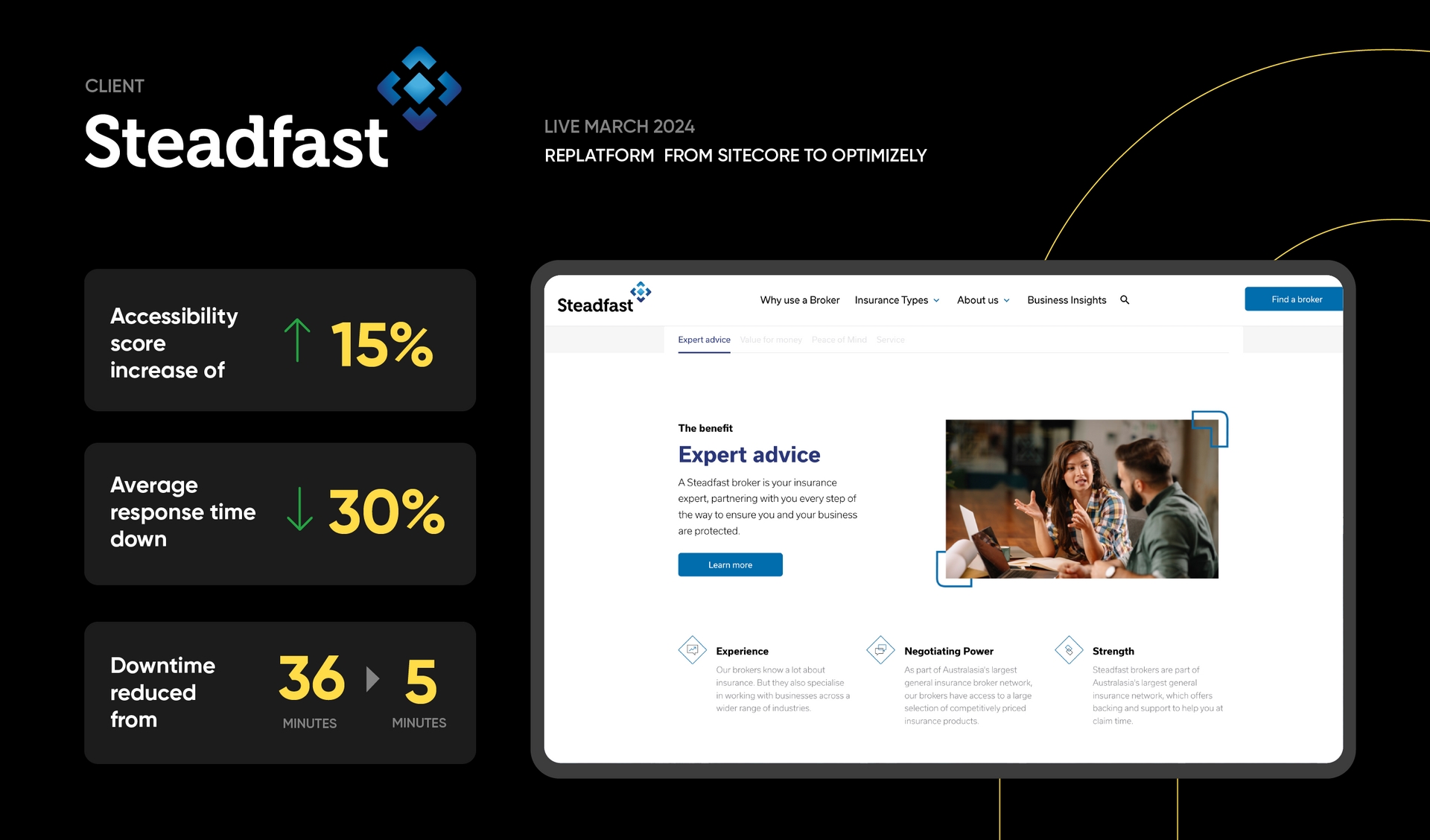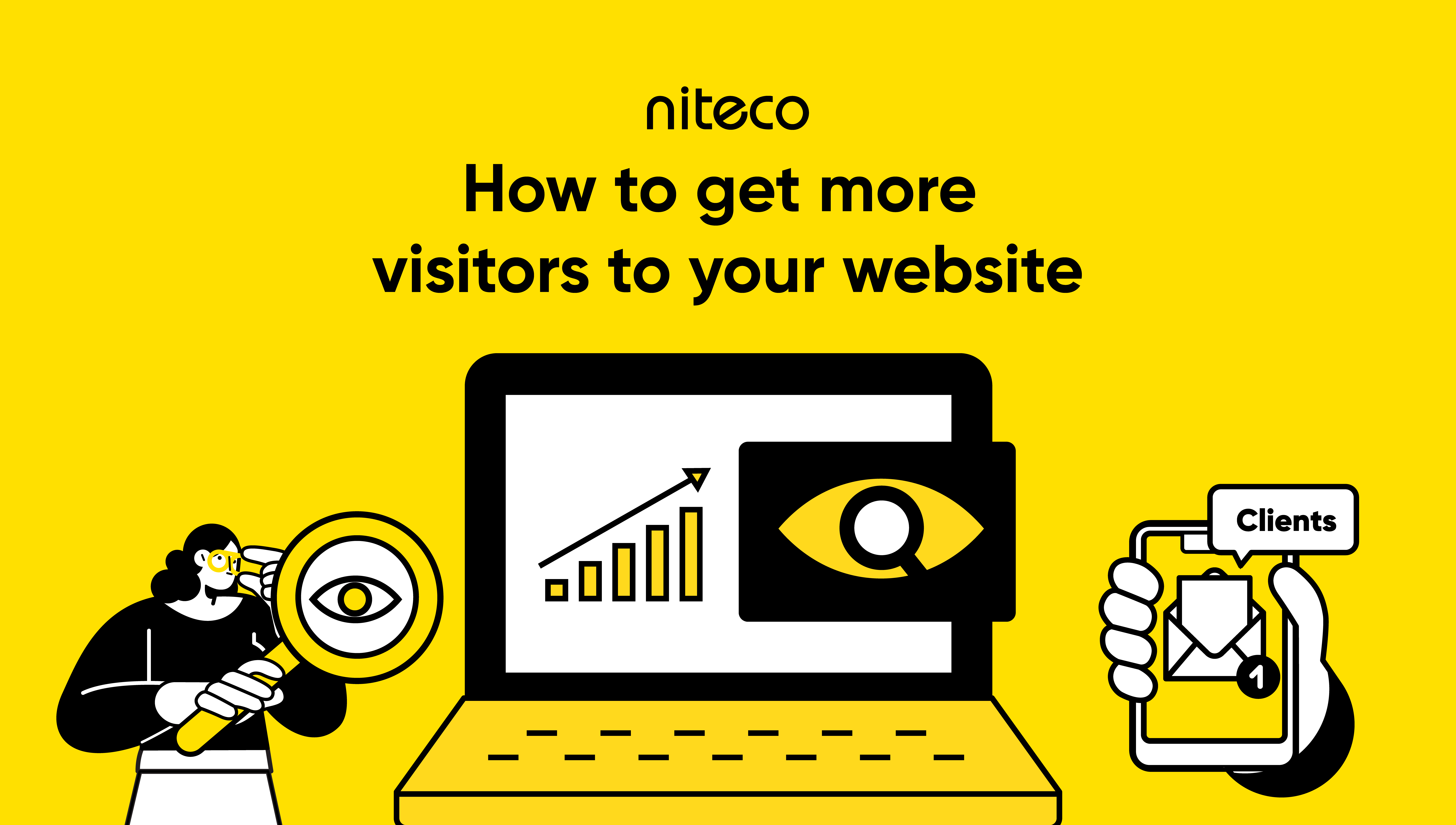If you're stuck with an old-school platform that groans under pressure, takes forever to update, or breaks every time your team breathes near the backend, it’s time to talk CMS migration, data migration, and the grand adventure known as website replatforming.
Now, before you roll your eyes and mutter “not another migration headache” hear us out. Yes, replatforming can feel like performing heart surgery on a moving train. But in today’s race for speed, scalability, and user experience, clinging to a legacy system is like trying to stream Netflix on dial-up. In any replatforming project, moving to a modern high-performing tech stack can help you avoid many integration headaches and performance bottlenecks that legacy systems struggle with.
The truth? Migration aka website replatforming is more than a tech upgrade - it’s a business-critical decision that touches everything from marketing agility to customer experience. But it’s also riddled with hidden landmines, from data migration disasters to SEO faceplants and third-party integration chaos.
At Niteco, we’ve helped global brands replatform to modern CMS solutions like Optimizely, unlocking better performance, content agility, and ROI. Through years of hands-on migration experience, we’ve seen it all what works, what breaks, and how to avoid the typical traps. More on that below.

Key considerations before CMS and data migration
Business and IT alignment
A successful website replatforming initiative hinges on the alignment between business objectives and IT capabilities. Establishing clear communication channels and shared goals ensures that the migration supports overarching business strategies, such as improving customer engagement, enhancing operational efficiency, or expanding into new markets.
Platform selection criteria
Choosing the right CMS platform is a pivotal decision that impacts the long-term success of your digital presence. Key factors to consider include scalability, flexibility, ease of integration, and the potential for vendor lock-in.
Conducting a thorough needs analysis helps ensure the platform you choose aligns with your organization’s current requirements and future growth plans. There are plenty of market analyses and industry reports that can guide your decision. For example, Optimizely was named a CMS Leader in Forrester’s Q1 2025 report - a strong testament to why businesses should consider it as their platform of choice for migration.
Technical readiness and dependency mapping
Before initiating the migration, it's essential to assess your existing infrastructure and codebase. Legacy systems often contain hidden dependencies that can complicate the migration process.
A comprehensive audit of third-party integrations, data flows, and custom functionalities helps identify potential compatibility issues and informs the development of a robust migration strategy.
It’s always important to be prepared inside and out. In our successful migration from Sitecore to Optimizely for Steadfast - a major insurance firm in Australia - our technical team worked closely with their in-house team to ensure everything was aligned accurately. This close collaboration enabled a seamless migration and significantly improved performance, with downtime reduced from 36 minutes to just 5 minutes, and average response time cut by 30%.

Data migration strategy
Data is the DNA that keeps your business running smoothly from strategy to tactics. As such, data migration is a critical component of website replatforming, involving the transfer of content, user information, and transactional data to the new platform.
Challenges such as data loss, format mismatches, and integrity issues can arise if not properly managed. Best practices include conducting a detailed data inventory, standardizing data formats, and implementing rigorous testing protocols to ensure a smooth transition. Additionally, having rollback plans in place can mitigate risks associated with data corruption during migration.
If you're considering a website replatform - especially with Optimizely - we’ve got you covered. As the largest certified Optimizely partner with experience across 500+ websites, we bring hands-on expertise to ensure a seamless CMS and data migration while maintaining peak performance.
Common pitfalls of website replatforming
Website replatforming is no small feat, and without careful planning, things can quickly spiral. From busted budgets to unhappy customers, here are the most common pitfalls businesses face - and how to stay ahead of them.
Time and budget overruns
One of the first hurdles? Underestimating the time and resources needed. Website replatforming projects often start with ambitious goals but run into hidden costs like unexpected development work, extra licensing fees, or extended staff training. Without a realistic timeline, a well-defined budget, and a solid contingency plan, your project risks going off the rails before you even hit the halfway point.
Data loss
Next up: data. During migration, it’s shockingly easy for things to go wrong. Incomplete transfers, inaccurate mappings, or missing customer data can set your business back months. That’s why a solid data migration strategy, complete with validation checks and backups, is essential to avoid irreversible losses.
Security concerns
Transferring sensitive customer data across systems isn’t just a technical task - it’s a security minefield. Any lapse could open the door to breaches or non-compliance with regulations like GDPR or CCPA. Security audits, data encryption, and strict access controls aren’t just nice to have - they’re non-negotiables.
Integration failure
Let’s talk tech stack. Migrating your website doesn't mean your payment gateways, CRMs, or other third-party tools will just follow along nicely. Compatibility issues can cause broken workflows and serious downtime. Testing APIs and integration points thoroughly before going live is the only way to keep everything ticking smoothly.
Complex customization and development needs
Think your new platform will support all your old bells and whistles? Not always. Businesses often find that the features they’ve grown used to require custom development in the new environment. Without a clear roadmap and experienced developers, these "small tweaks" can become major delays.
Customer experience during transition
While you’re knee-deep in migration, your customers are still expecting a seamless experience. But downtime, broken links, or sluggish performance can frustrate users and hurt your revenue. That’s why it’s critical to communicate proactively, plan migrations during off-peak hours, and have rollback options ready if things go sideways.
Loss of SEO rankings and traffic
Generative engine optimization considerations should be included early in any replatforming strategy to maintain local SEO and user relevance. Poorly handled URL changes, missing redirects, and unoptimized metadata can cause a drop in rankings and organic traffic. Avoid the SEO cliff dive by implementing 301 redirects, updating your sitemap, and running a full post-migration SEO audit.
Poor user experience
Finally, your shiny new platform might look great - but does it work for your users? Confusing navigation, slower load times, or broken layouts can quickly push users away. Focus on responsive design, usability testing, and intuitive navigation to make sure the new experience doesn’t just match the old - it improves on it.
Mitigation Strategies for a Smooth Migration
- Plan ahead: Develop a comprehensive migration plan that addresses SEO preservation, data migration, and third-party integrations. Setting clear objectives and timelines helps in managing expectations and resources effectively.
- Test everything: Conduct thorough testing in a staging environment to identify and resolve issues before going live. This includes testing for functionality, performance, and compatibility across different devices and browsers. punterdigital.com
- Work with experts: Engaging experienced developers or migration specialists can provide valuable insights and technical expertise, ensuring a smoother transition. Their knowledge can help in anticipating challenges and implementing best practices.
- Maintain communication: Keeping stakeholders and customers informed about the migration process fosters transparency and trust. Regular updates and clear communication about changes or potential disruptions help in managing expectations.
Conclusion
Website replatforming, encompassing CMS migration and data migration, is a complex but necessary endeavor for businesses aiming to stay competitive in the digital age. By understanding the key considerations and potential pitfalls, organizations can navigate the migration process more effectively.
If you're planning to replatform your website, it's essential to work with a trusted partner. With 15 years of experience in the global market, Niteco is your go-to solution provider. We've successfully migrated hundreds of websites across 130+ markets and various industries. We understand what works best for your business. Get in touch with us today for a tailored website replatforming solution.
to transform your business and drive results?



